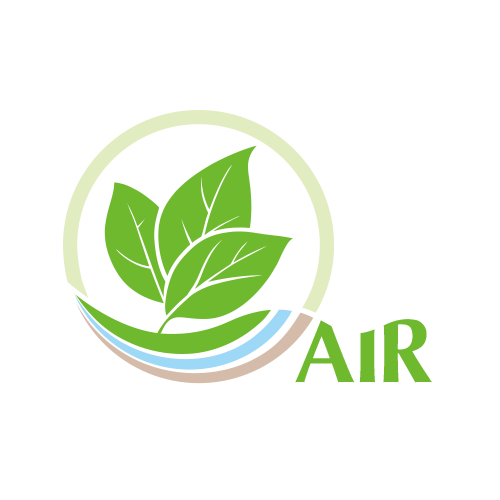An Introduction to Phytosanitation
The terms “phytosanitary” and “phytosanitation” refer to practices that prevent the spread of plant pathogens. In nurseries, the terms describe methods used to sanitize (remove biological contaminants from) surfaces or materials used in plant propagation and production processes. Materials do not need to be sterile (free of any viable microorganisms) to be phytosanitary, but they do need to be free of plant pathogens.
Plant pathogens can be present in soil and in "soilless" potting mixes used to propagate plants in nurseries. Tools, working surfaces, shoes, and hands (or gloves) contaminated with infested soil or infested debris can spread plant pathogens throughout a nursery. Diseased plant material that is outplanted can introduce pathogens from nursery stock into planting sites. If conditions are suitable, these pathogens can affect not only the transplanted stock but may spread beyond the planting sites into the environment where they can affect other vegetation.
This section discusses treatments that are used to kill propagules of Phytophthora that are present in or on materials used in nursery production. These treatments will also kill many other, but not all, plant pathogens. It is important to understand the appropriate uses and limitations of each treatment. Note that chemicals and heated materials can pose safety hazards to workers or the environment. Nursery personnel should identify and observe all necessary safety precautions to protect themselves and others from injury. All chemicals should be handled, stored, and disposed of in accordance with applicable local, state, and federal regulations.
